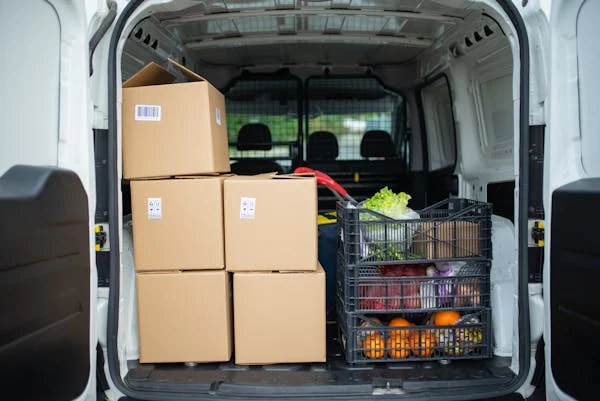Running a restaurant isn’t just about crafting great dishes—it’s about making the numbers work, too. One of the biggest challenges small restaurant owners face is keeping food costs under control while still delivering quality meals. Get it wrong, and profit margins shrink fast. But with the right strategies, you can trim unnecessary expenses without cutting corners on taste or customer experience. Let’s break it down.
Know Your Numbers: The Power of Food Cost Metrics
Before you can improve food costs, you need to understand them. Your Cost of Goods Sold (COGS) is the total cost of the ingredients used to create menu items. Ideally, this should be around 28-35% of your total revenue. Too high? You’re either over-purchasing or underpricing. Too low? You might not be offering enough value to customers.
Another key number: Gross Profit Margin, which tells you how much you’re making after accounting for food expenses. If you’re not tracking these numbers regularly, you’re making decisions in the dark.
Smarter Inventory Management: Every Dollar Counts
Wasted food is wasted money. Simple as that. Here’s how to keep inventory tight and efficient:
- Use the FIFO method (First In, First Out) to ensure older ingredients get used before they expire.
- Conduct weekly inventory checks to identify trends in over-ordering or spoilage.
- Invest in inventory tracking software to get real-time insights into what’s being used and what’s going to waste.
Even small changes—like accurately labeling and dating ingredients—can make a noticeable impact on your bottom line.
Menu Engineering: Make Every Dish Work for You
Your menu isn’t just a list of items—it’s a strategic tool. Every dish should earn its place. Here’s how to make it work harder:
- Identify high-margin items and feature them prominently.
- Reduce menu bloat. Too many options lead to more waste and higher costs.
- Optimize portion sizes to balance cost and customer satisfaction.
- Use cross-utilization. If an ingredient appears in multiple dishes, you reduce waste and purchasing costs.
Even a small tweak in pricing or presentation can shift customer preferences and boost profitability.
Sourcing Smarter: Get the Best Without Overpaying
Where you get your ingredients matters. Cutting costs doesn’t mean cutting quality—it’s about buying strategically.
- Build relationships with local suppliers for better deals and fresher ingredients.
- Buy in bulk—but only what you can realistically use.
- Embrace seasonal ingredients—they’re often cheaper and fresher than out-of-season imports.
- Negotiate pricing. Suppliers expect it. A small discount adds up over time.
A well-negotiated contract or switching to a local vendor could save you thousands each year.
Reduce Waste: A Kitchen’s Hidden Money Pit
Food waste is a silent killer of restaurant profits. It’s not just about spoiled food—it’s also about over-portioning, improper storage, and inefficient prep methods.
- Train your staff on portion control. A little extra on every plate adds up.
- Repurpose leftovers. Stale bread? Croutons. Excess veggies? Soup stock.
- Use clear storage bins so ingredients don’t get forgotten and wasted.
- Track waste patterns. If certain ingredients are always thrown out, it’s time to adjust purchasing.
Technology: Your Secret Weapon for Cost Control
Tech isn’t just for big restaurant chains. Small business owners can use it to cut costs and boost efficiency.
- POS systems track sales data, helping you spot best-selling and low-performing menu items.
- Inventory management software helps prevent over-purchasing.
- Automated ordering systems ensure you buy just what you need, reducing excess stock.
If you’re still doing everything manually, you’re leaving money on the table.
Forecasting: Plan Ahead, Stay Profitable
Restaurants operate on slim margins, so planning is everything. Financial forecasting helps you anticipate costs, identify slow seasons, and adjust pricing accordingly.
- Look at historical sales data to predict demand and avoid over-ordering.
- Plan for seasonality—both in ingredients and customer traffic.
- Regularly update pricing to reflect changing costs without shocking customers.
The more you plan, the fewer financial surprises you’ll face.
The Bottom Line
Food cost optimization isn’t about cutting corners—it’s about working smarter. From better inventory tracking to strategic menu design and supplier negotiations, small adjustments can lead to big savings. Keep a close eye on the numbers, embrace technology where you can, and always look for ways to reduce waste without sacrificing quality.
After all, every dollar saved is another dollar toward growing your restaurant’s success.

